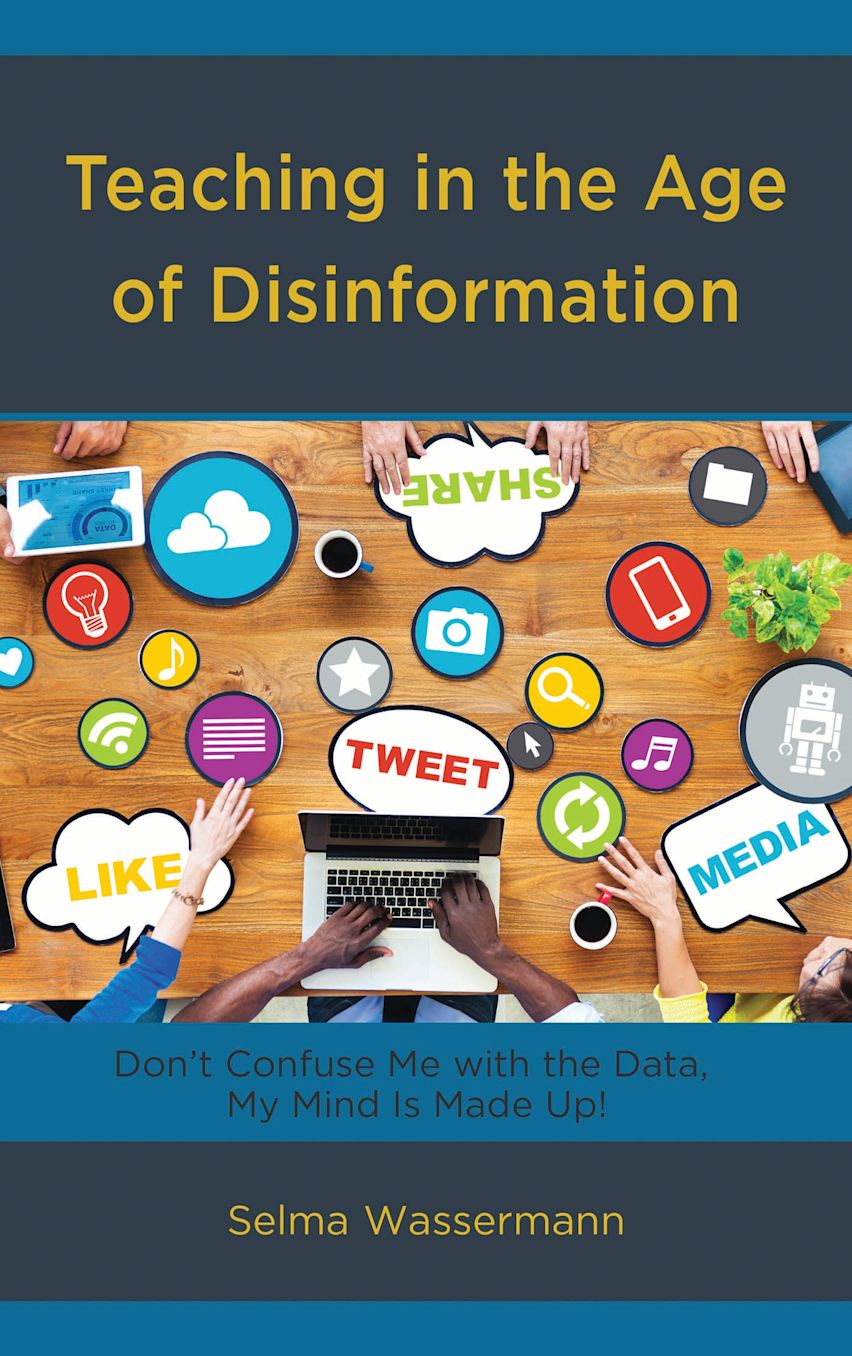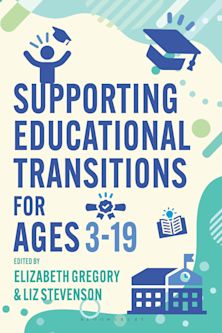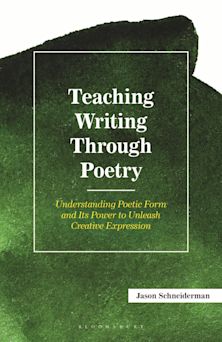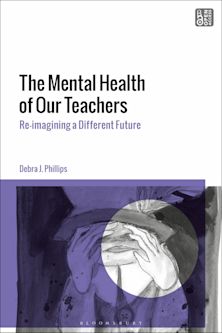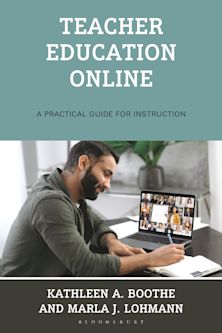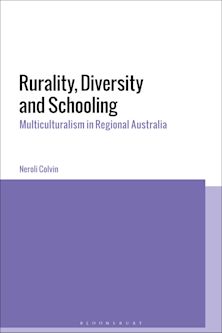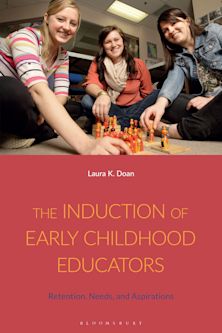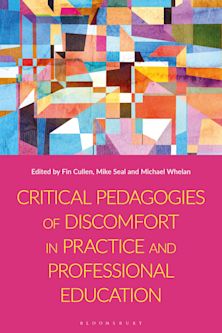- Home
- ACADEMIC
- Education
- Teacher Education
- Teaching in the Age of Disinformation
Teaching in the Age of Disinformation
Don't Confuse Me with the Data, My Mind Is Made Up!
Teaching in the Age of Disinformation
Don't Confuse Me with the Data, My Mind Is Made Up!
You must sign in to add this item to your wishlist. Please sign in or create an account
Description
Teaching in the Age of Disinformation makes a case for the importance of developing students’ intelligent habits of mind so that they become more discriminating consumers of the information that comes at them from the Internet, social media, television and the tabloid press in this “alternate truth” era. Part I sets the stage for the need for an informed citizenry, given the many and varied sources of disinformation that they are exposed to and what the implications are when they are unable to make such distinctions. Part II deals with the specifics of how teachers may develop curriculum activities that call for higher order thinking, within the many and diverse subject areas of elementary and secondary education. Hundreds of examples of curriculum activities are included, as well as suggestions for how teachers use higher order questioning strategies in classroom discussions to enable and promote student thinking. “A pleasure to read,” the book draws on the author’s long and extensive experience in teaching, writing and research with “teaching for thinking,” and offers teachers research-tested ways to incorporate the development of students’ intelligent habits of mind in their daily classroom work.
Table of Contents
Acknowledgements
Introduction
Section 1
Chapter 1- What Can Teachers Do?
Chapter 2- Shifting Gears in the Curriculum to Emphasize Teaching for Thinking: An Overview
A Teaching for Thinking Curriculum Framework
To Know, To Understand, and To Know How – Key Steps in Teaching for Thinking
An Instructional Design for Teaching for Thinking
Chapter 3- Guidelines for Beginning a Teaching for Thinking Program
Section 2
Chapter 4- Introduction to Observing
Classroom Applications
Chapter 5- Introduction to Comparing
Classroom Applications
Chapter 6- Introduction to Classifying
Classroom Applications
Chapter 7- Introduction to Suggesting Hypotheses
Classroom Applications
Chapter 8- Introduction to Searching Out Assumptions
Classroom Applications
Chapter 9- Introduction to Summarizing
Classroom Applications
Chapter 10- Introduction to Interpreting
Classroom Applications
Chapter 11- Introduction to Making Decisions
Classroom Applications
Chapter 12- Introduction to Designing Projects and Investigations
Classroom Applications
Chapter 13- Introduction to Creating and Inventing
Classroom Applications
Chapter 14- Introduction to Evaluating and Assessing
Classroom Applications
Section 3
Chapter 15- Dealing With Students’ Deeply Held Beliefs
Classroom Applications
Chapter 16- Using Questions and Responses that Promote Further Examination of Issues: The Interactive Dialogue
Chapter 17- Evaluating Students’ Work
But Is It Working?
Using Self-Assessments
Profiles of Student Behaviors
Chapter 18- The Teacher is the Key
Bibliography
About the Author
Product details
| Published | 04 May 2018 |
|---|---|
| Format | Ebook (Epub & Mobi) |
| Edition | 1st |
| Extent | 184 |
| ISBN | 9781475840995 |
| Imprint | Rowman & Littlefield Publishers |
| Illustrations | 2 tables |
| Publisher | Bloomsbury Publishing |
About the contributors
Reviews
-
The need for such a book has never been greater. In a world where the truth is labeled fake news and facts are manufactured on demand, the skills of higher order thinking are in constant demand. As with all her writing, Selma Wassermann is able to present deep ideas in a highly readable manner.
William C. Cliett Jr., Ph.D, former superintendent of schools, Gainesville, Florida
-
I see this book as a how-to guide for effective teaching, wrapped in a security blanket with a sprinkle of inspiration – a slim volume every teacher can keep at the ready as he/she faces daily challenges.
Judith Feder, public policy professor, Georgetown University
-
This is an important work – and there is probably no one in our profession better placed through experience and philosophy to do it. The writing is so clear and persuasive, it is a pleasure to read.
James Raths, emeritus professor, University of Delaware
-
This book has a very high value for teachers. Wassermann has the gift of knowing the world of classroom teaching – both elementary and secondary – from the language used to the ideas – and being able to use scholarly knowledge and concepts in language and examples that teachers and readers easily grasp, and if so inclined, can use the next week or in the next unit they teach.
Larry Cuban, professor emeritus, Stanford University











